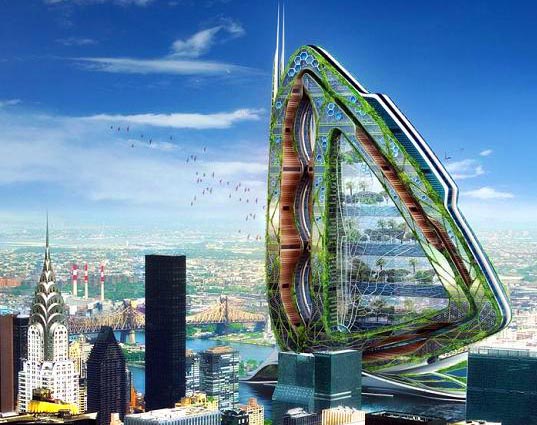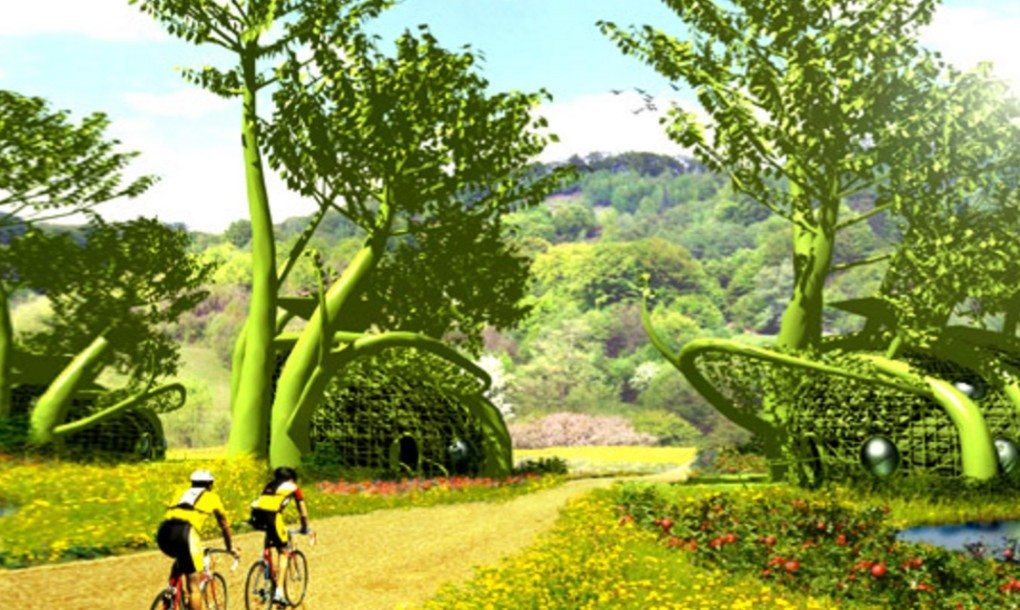Inhabitat is calling on all forward-thinking designers, architects and biotech enthusiasts to join their latest competition. Entrants are being asked to submit designs that contribute to a future where buildings and accommodations are built to co-exist and grow along with their surroundings. Whether you’re an architect with a keen eye for sustainable building or if you’re working in 3D bioprinting and want to push its limitations, the competition serves to explore the emerging field of biodesign and its innovative applications.
The rules
Design submissions will be accepted via an entry form until 11:59 PST on August 31, 2016 and can be concepts of the following kinds of buildings:
- Spaces for living
- Single family homes in the suburbs
- Multi-family apartments in the city
- Informal settlements or slums in the context of an emerging economy
- In situ revitalization of abandoned buildings in the context of cities with declining population
- Spaces for learning or healing

The prize
The winning designer will be awarded a $1000 cash prize and their design will be presented to the XPrize foundation board – which includes Google Inc. co-founder Larry Page, filmmaker James Cameron and Ariana Huffington – for consideration in the development of their new regenerative building to be launched in April 2017.
The XPrize Foundation constantly calls for innovators to challenge themselves in order to create solutions to some the world’s greatest problems. They look for projects that are “audacious, but achievable,” meaning they actively push existing boundaries while also allowing for simple integration into society.

The impact
Recently, students at the UK’s Newcastle University utilized biotechnology processes to create a bioluminescent bacteria-based lightbulb. The Biodesign Competition will likely see many more projects that expertly intertwine biology and technology in design, which allow for more sustainable solutions for the future. We certainly can’t wait to see what amazing designs come from the Biodesign Competition. These designs will no doubt have profound influence on the future of sustainability and building processes.



